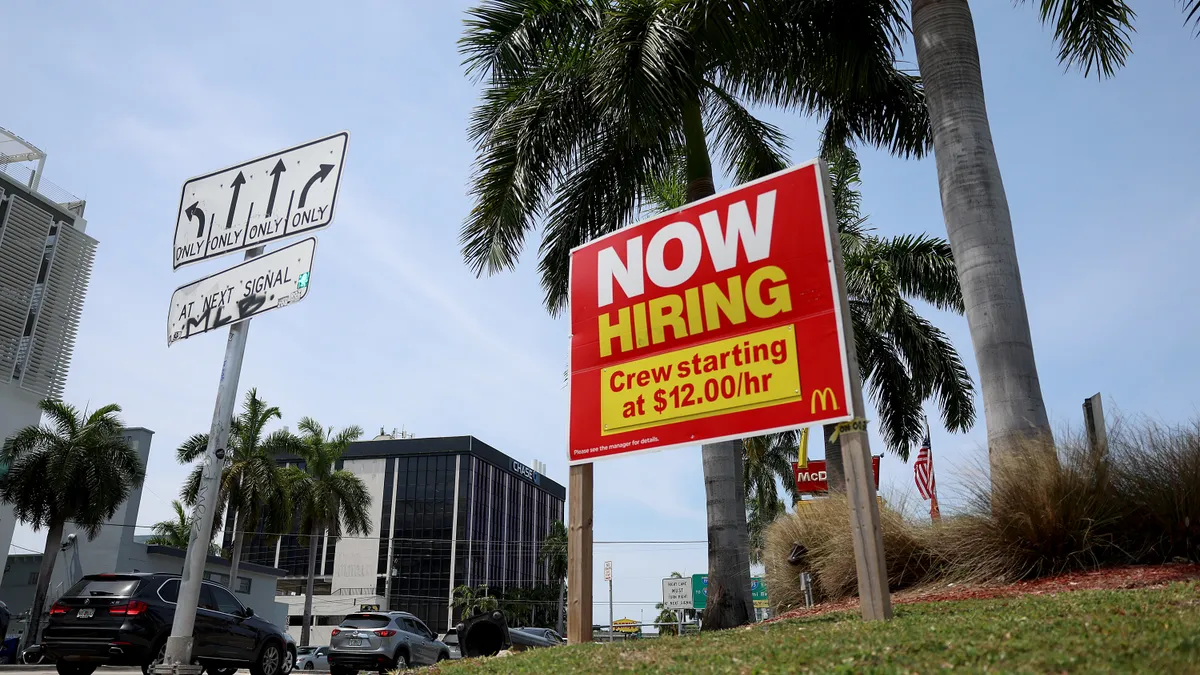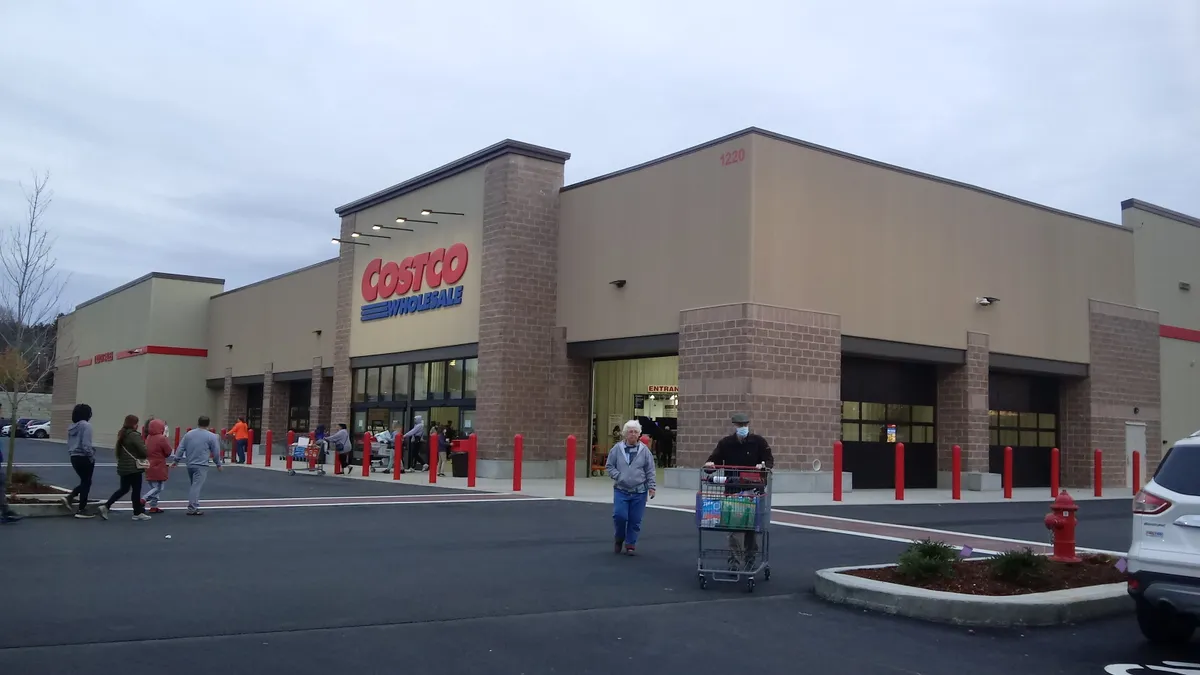When the pandemic hit last year, the CDC Foundation moved quickly to digitally transform the way it processes donations.
Money was surging into the organization, the nonprofit fundraising arm of the CDC, and to scale appropriately it needed to automate its pledges-to-donations process — what a for-profit business would call its quote-to-cash cycle.
“It forced the CDC Foundation to think about automation in a different way,” Jan Arendtsz, CEO of cloud-based integration company Celigo, said in a SaaStr webcast.
Like quote-to-cash, the pledges-to-donation process is considered foundational — that is, it’s a business process that crosses functional silos and spans the enterprise, so however it’s digitally transformed, other processes and applications must be able to integrate with it.
The CDC Foundation transformed using what Arendtsz called a federated system — an approach in which the IT department builds the mission-critical, centralized automation platform while operational teams build their own processes for integration by IT into the bigger system.
”You get the best of both worlds,” he said.
SaaS apps
The federated approach can help with integration when you undertake a digital transformation process, Arendtsz said.
Relatively large enterprises commonly use as many as 300 software-as-a-service (SaaS) applications at any one time. Even mid-sized enterprises — those with fewer than 1,000 employees — will typically have 200 or more SaaS applications, he said.
That makes it a challenge any time an organization wants to transform itself into a digital-first enterprise to ensure all those applications integrate appropriately.
That doesn’t mean all apps must integrate with all processes; each app integrates with the other apps it needs to, as well as with the applicable business processes.
Domain clusters
Arendtsz recommends visualizing the applications and processes in clusters. Clusters tend to form naturally around foundational applications, which in turn integrate with one or more business processes.
For example, an organization’s customer relationship management (CRM) application is typically considered a foundational app, because it’s core to several business processes, including quote-to-cash, which can have a dozen or so sub-processes and applications tied to it.
“You have a sales force and leads,” he said, describing the typical quote-to-cash process. “Those leads get converted to opportunities and you go through a sales cycle, and then you close the deal. Then you might have discount approvals. Once the deal’s closed, you have to get it to the back office, to your ERP and your billing system.”
In addition to the CRM, the quote-to-cash cycle typically spans other major and minor applications, like a configure, price and quote (CPQ) system, a contract management solution, a billing solution, a professional services automation system, and the accounting system.
Each of these major apps tend to have smaller, specialized apps clustered around them, so the quote-to-cash cycle has to integrate with those as well.
“So, one takeaway from this landscape is to know there’s process automation occurring at a localized level within these ad hoc clusters and process automation that needs to occur throughout the enterprise,” he said.
Arendtsz recommends leaders overseeing the transformation process think first about automating the business processes, which typically pre-date the apps and often were designed for a non-digital-first landscape.
Centralized platform
Building a centralized automation platform that the other processes and apps integrate with is helpful, he said.
IT can manage the centralized automation platform in collaboration with other function areas, especially if there are firewalls around the existing major systems.
“Let IT manage those mission critical processes, because those sometimes need to be under lock and key,” he said. “Then delegate and empower teams to build their own processes. In some cases, have them start an automation and then have it turned over to IT.”
As it is, most organizations already have automation in many of their processes and applications, even if they don’t know it. That’s because many of the SaaS apps already in place came out of the box with automation built in.
Given that complexity — with many major and minor apps already using automation — and the natural way apps tend to cluster around foundational apps and integrate with business processes, like quote-to-cash, taking the federated approach can make the digital transformation process less daunting.
“The model we think is best is the federated model,” he said.





















